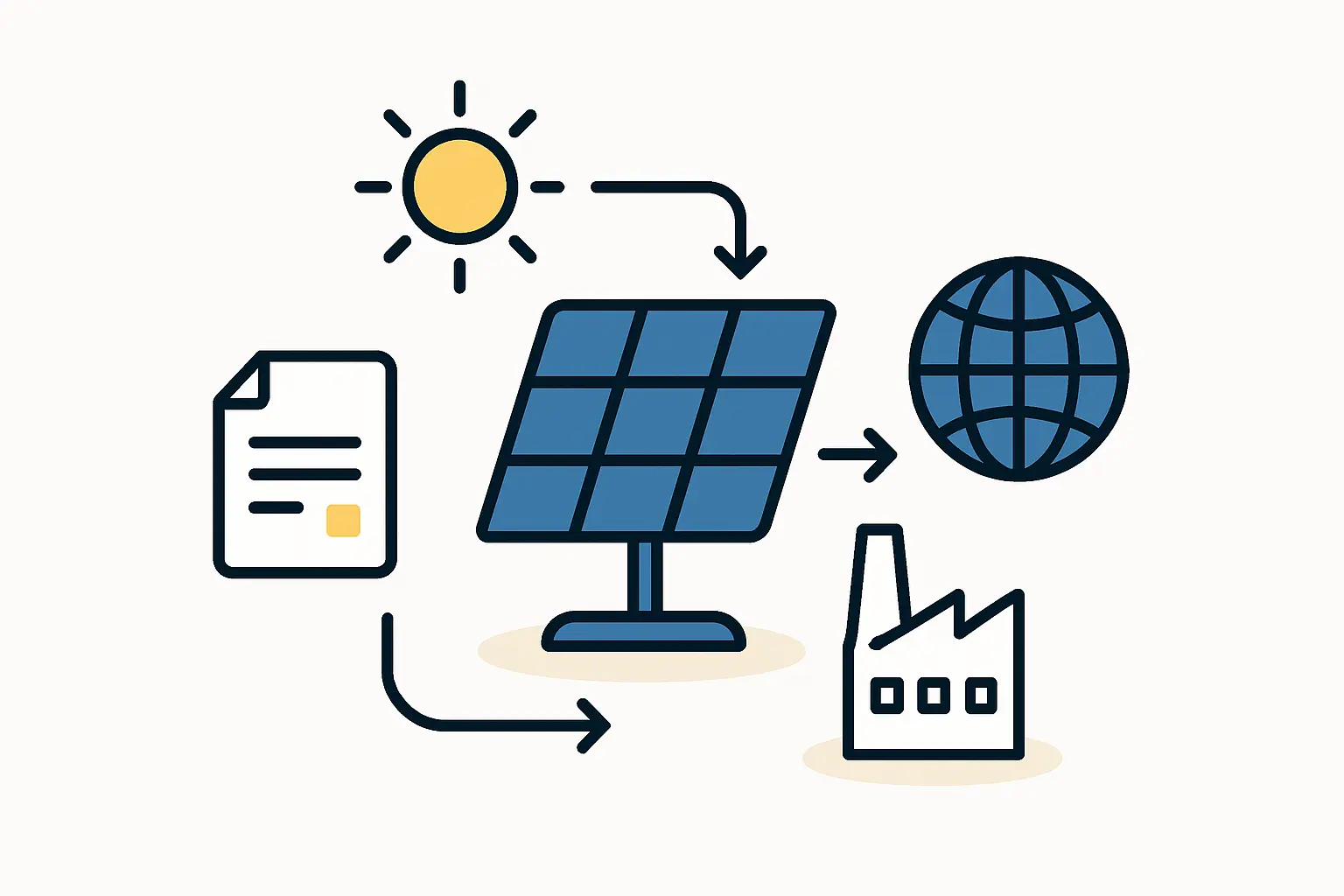The Masrik-1 Solar Plant has officially launched, marking a significant milestone in Armenia’s transition to renewable energy. This 55 MW facility, Armenia’s first major solar power plant, paves the way for future renewable energy projects and establishes a benchmark for the sector, as highlighted in the Armenia Solar Panel Manufacturing Report.
Armenia Solar Energy: A New Era for Armenia’s Energy Sector
The Masrik-1 Solar Plant is now fully operational and connected to the national grid, signifying a major advancement in Armenia’s renewable energy goals. This landmark project, the largest solar initiative in the country to date, demonstrates Armenia’s commitment to a sustainable energy future. Prime Minister Nikol Pashinyan inaugurated the plant, emphasizing its strategic importance in achieving the nation’s target of 15% renewable energy by 2030. Masrik-1 is crucial to achieving this objective and underscores the country’s dedication to reducing its carbon footprint and bolstering energy independence.
Partnerships and Investments in Armenia Solar Energy
Developed by Fotowatio Renewable Ventures (FRV), a leading global renewable energy company, the Masrik-1 Solar Plant benefited from significant international collaboration. The project secured $35.5 million in debt financing from prominent institutions like the European Bank for Reconstruction and Development (EBRD), the Dutch Development Bank (FMO), and the German Investment Corporation (DEG). This financial backing, coupled with support from Armenian government agencies, including the Ministry of Territorial Administration and Infrastructure and regional governments, ensured the project’s successful completion and showcases a united effort to drive sustainable development. This collaborative approach is further detailed in resources like Solar Manufacturing in Armenia: An Investor’s Guide.
Benefits of the Masrik-1 Solar Plant: Armenia Solar Energy in Action
The Masrik-1 Solar Plant is projected to generate approximately 128,000 MWh of clean electricity annually, substantially decreasing Armenia’s reliance on fossil fuels. This will displace an estimated 40,000 tonnes of CO2 emissions each year, contributing significantly to global climate change mitigation efforts. Furthermore, the plant will power approximately 21,600 homes, providing a reliable and sustainable energy source for thousands of Armenian citizens. Beyond clean energy generation, the project has stimulated the local economy by creating jobs during its construction and operation phases, fostering community development. The Masrik-1 plant’s competitive tariff of $0.0419 per kWh, as discussed in Solar Panel Manufacturing in Armenia: A 2024 Analysis, further solidifies its economic viability and potential for future investment.
Future Prospects for Armenia Solar Energy
The successful launch of the Masrik-1 Solar Plant marks a pivotal moment for Armenia’s renewable energy landscape. As detailed in Armenia Solar Panel Manufacturing Report, Armenia plans to build five additional solar PV plants. This ambition, along with ongoing explorations in wind and hydroelectric power, positions the country as a potential leader in regional clean energy production. Armenia’s favorable geographic location and abundant sunlight create ideal conditions for large-scale solar projects. The government is actively fostering a supportive regulatory environment, offering incentives for renewable energy developers, and streamlining project approvals to attract further investment and facilitate the growth of the sector, as discussed in Solar Manufacturing in Armenia: An Infrastructure Assessment. The Masrik-1 Solar Plant serves as a powerful example for other nations striving to embrace renewable energy and minimize their environmental impact.



